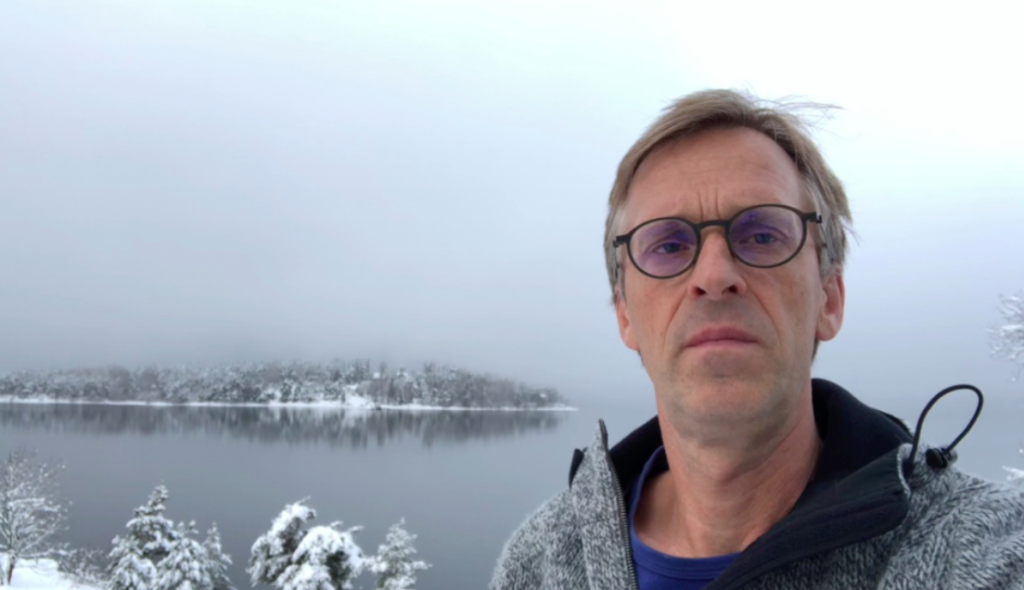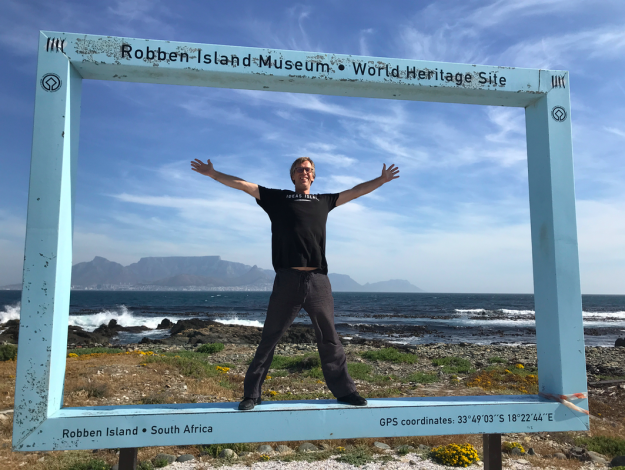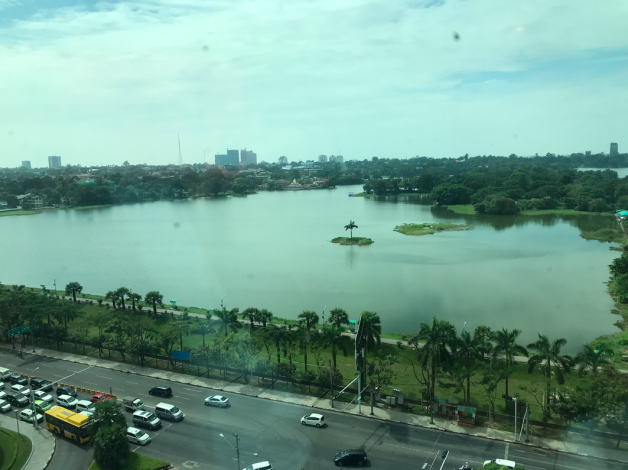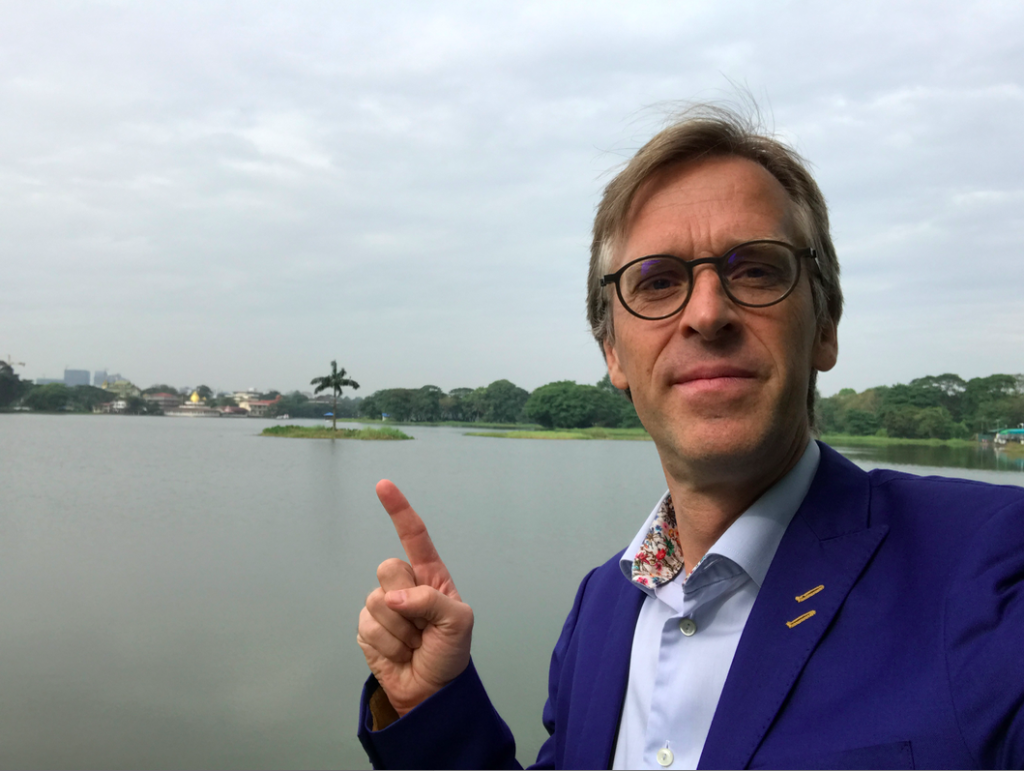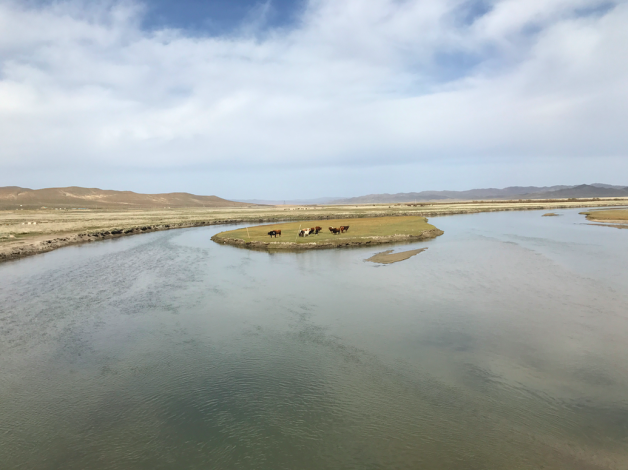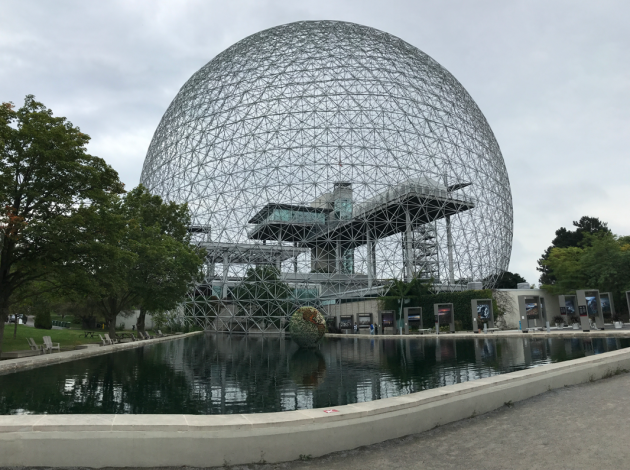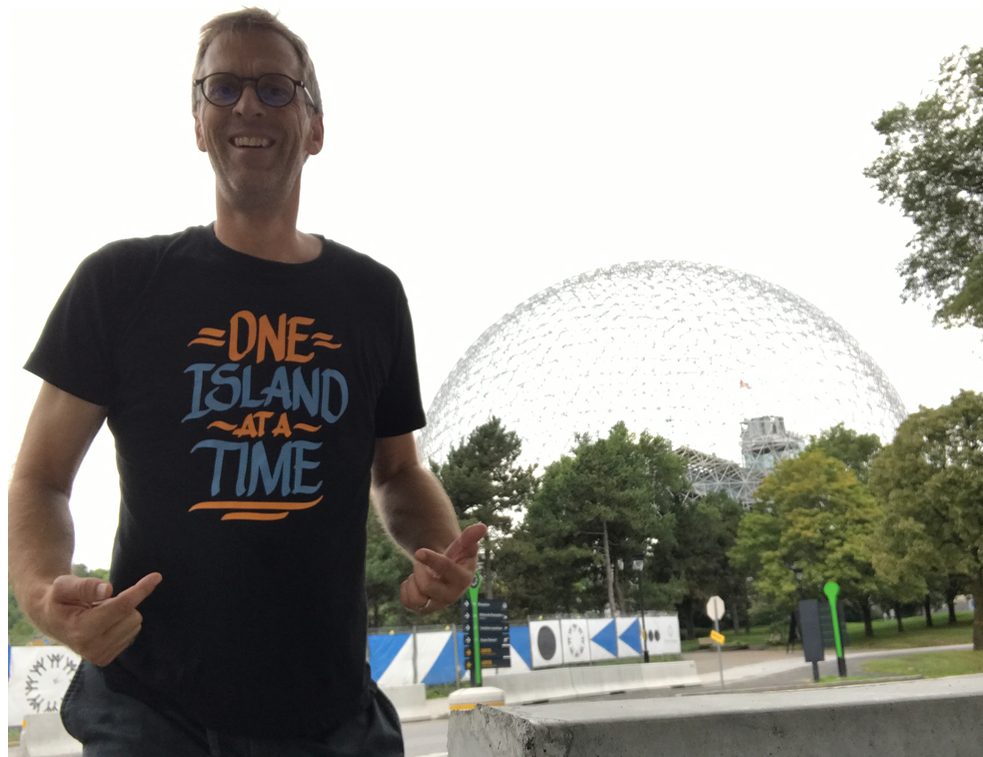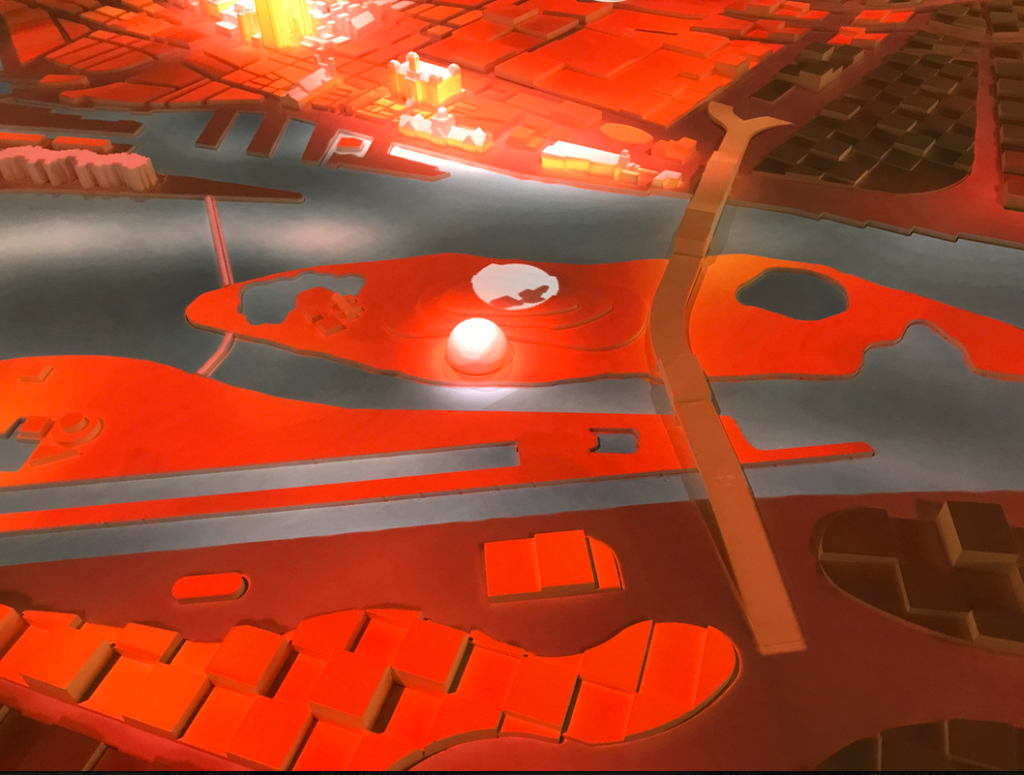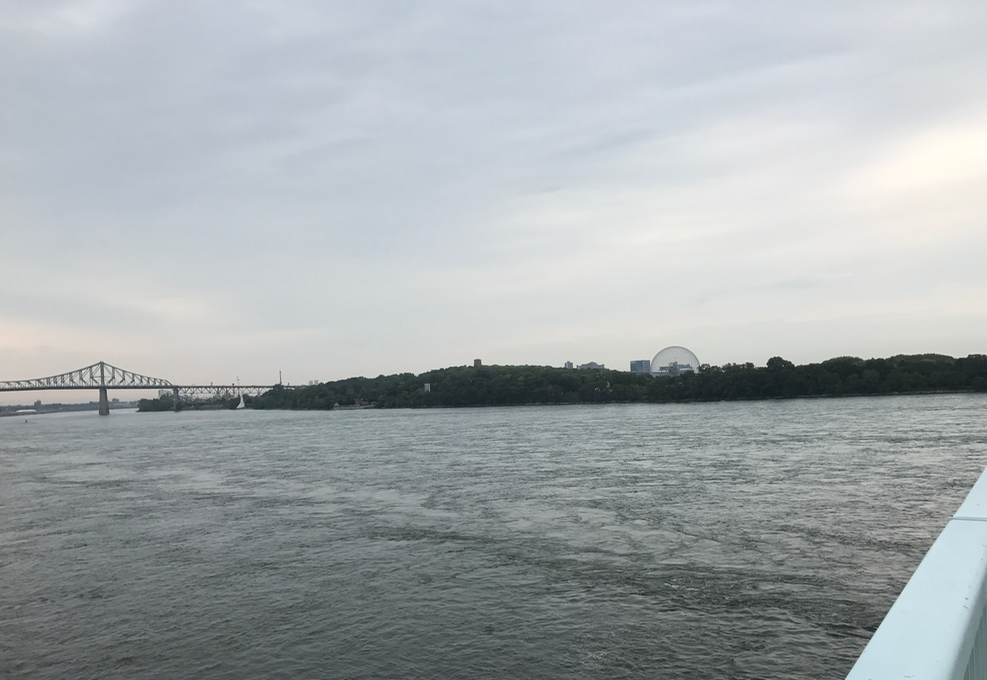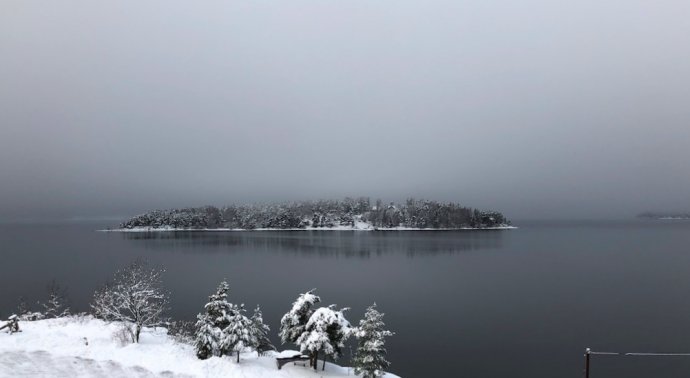
Utøya (Outside Oslo, Norway). Island number 26 (out of 100), country number 23 (out of 25), month number 25 (out of 100.)
It took me more than six months to write this text.
Earlier this year I visited the island of Utøya outside Oslo in Norway. I went there as part of my “human island project” where visit 100 islands in 100 months to learn about humanity.
When I started the project I thought it would be a fun and easy: Just go around the world, visit islands, and write a text about what you learnt about humans and/or humanity.
And for the first 25 islands it was. From Robben Island to Manhattan, I visited island and I wrote.
But then I went to Utøya.
Utøya is the island where Anders Behring Breivik shot 178 people (many of them youths), killing 59 of them.
It was the deadliest attack on Norwegian soil since world war 2 and Brevik, a right-wing extremist did it, apparently, to promote his delusional manifesto around his racists view.
The attack happened 7 years ago and in one day the island went from being just a beautiful island where young Norwegian kids would come for summer camp to being the crime scene of a devilish attack.
Technically I did not visit Utøya way back in January when I went there. The island is off limits at the moment and it was winter so no way to get to the island anyway. But standing by the road, all alone, in a landscape covered by snow and looking out over the island still had a strong impact on me.
It was so silent.
(Snow makes sounds muffled and there was no wind the day I was there so it was an eerie silence around the place as I stood there.)
I felt so alone.
(This part of Norway is not overly populated and in since it was winter I did not see any other people as I stood there. Just a couple of cars passed by during the 30 minutes I just stood and watched the island.)
It was so profound.
The reason I have not done any updates around my “Human Island travels” in 2018 is that my visit to Utøya mentally knocked me down. I had of course, like everyone else, been horrified about the attacks when I heard about them back in 2011, but it was not until I came there and saw the island myself that the full impact of the attack hit me. Anders Behring Breivik’s decision to kill innocent teenagers because he had a problem with people from other cultures was an attack on humanity, on openness, on curiosity – on so many things that I believe in.
It hit me in the stomach so hard that I could not put words on it. As a writer that is the equivalent of being knocked to the ground.
I still can not put into words how profoundly sad it made me to see the island in person.
But I decided to move on.
My project about visiting 100 islands in 100 months was created for the very opposite reasons Anders Behring Breivik killed those kids.
It is a project about coming together as humanity.
It is a project about learning from each other for the benefit of us all.
It is a project in celebration of this one, tiny island that we are all living on.
I will not write a text about what the island of Utøya thought me about humanity.
I will give Utøya a pass on that.
Look at it as the equivalent of a text-based “silent minute” for the people who died that day.
Instead I will – with stronger conviction than ever – continue to travel the world and visit new islands to try to learn something from those islands about us as humans, about our behaviour, dreams, thoughts and characteristics and to try to put into words how each island has a lesson to teach humanity.
We all live on a tiny little island called Earth. We have so much to learn from each other. That I know to be true. And my conviction to spread that message is now stronger than ever.
Fredrik Haren, aka “The Island Man”, plans to visit 100 islands, in at least 25 countries, on at least 6 continents – in less than 100 months. The purpose of this “World Tour of Islands” is to get a better understanding of the world, a deeper understanding of the people who live here and a broader understanding of life. Utøya was island number 26, country number 23 and month number 25. (Countries visited so far: China, Sweden, Maldives, Austria, Nigeria, Vietnam, Egypt, Indonesia, USA, Malaysia, Thailand, Hong Kong, India, Mauritius, United Kingdom, Ireland, France, Iceland, Canada, Mongolia, Myanmar, South Africa and Norway.)
